Euphony Audio Transport and Drive
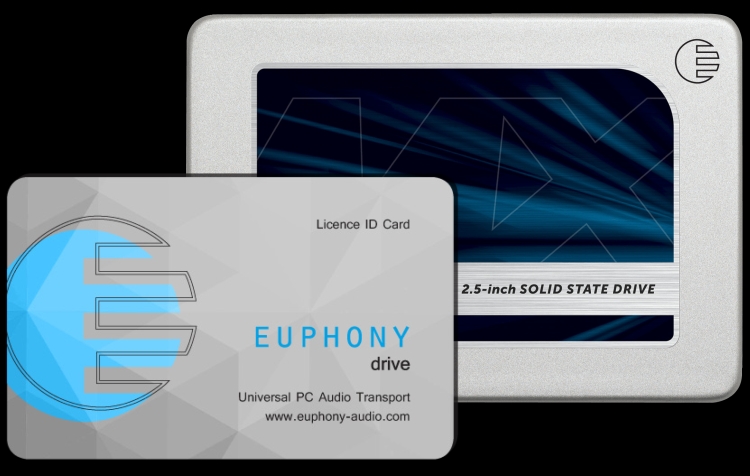
Instant High End Music Server software
Retail prices:
Euphony Drive 1TB SSD $599
Euphony Drive 2TB SSD $899
In these “streaming audio” times it is easy to think that, much along the lines of the belief that “digital is digital”, a music server is a music server, and thus all servers should basically sound alike. The reality however is more precarious. I learned this early on when comparing standard Windows PC’s with CD playback. At that time I was convinced that computers would never sound as good as a high-end CD player, and in spite of my best efforts, they indeed didn’t. Then came the Dutch company AudioAanZee with their Ultra Flow music server and later the Reference Flow music server, and these servers neatly showed me that digital audio could most definitely sound every bit as good as my best CD player.
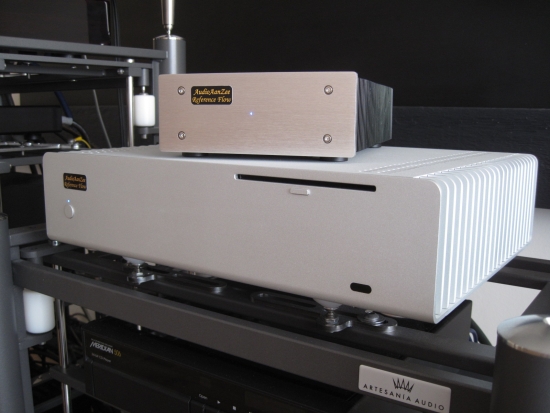
Music Servers are seen by many as being merely dumbed-down installations on computers with dedicated outputs and to some extent, this is usually indeed true. As I have come to learn, the basic ingredients to getting good sound from a computer is by making sure that A: it doesn’t do anything else than playing music and B: by getting the hardware right. If you are somewhat technically inclined, the latter is not too difficult to get sorted. The former however looks more like something of a black art. Now I’m sure there is no magic involved if you ask a Linux programming expert with an audiophile understanding about it, but still, a computer does not sound great by default.
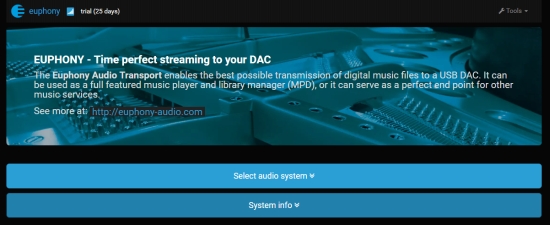
Even if you have obtained a minimalistic music server with great sound, you are limited to either Roon, MPD or something else. What if I told you that you can now have all of these options and more available at the click of a mouse, all embedded on a single Plug and Play SSD?
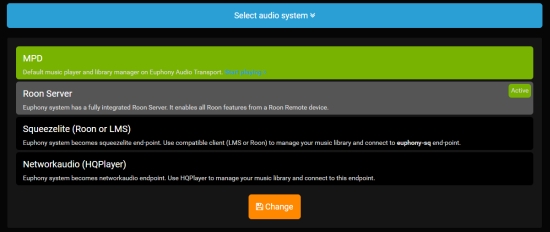
Euphony Audio Transport provides just that: a highly tuned, minimalistic operating system with bit-perfect sound no matter which player solution you choose. This software can be downloaded or purchased preinstalled on an SSD by the name of Euphony Drive. The choice is then yours: by going to an easy-to-navigate web page you can select between Roon Server, MPD Server, HQPlayer, SqueezeLite endpoint, Roon/Sooloos endpoint and Euphony’s own player. Installation really is too simple: take out the old hard disk, connect the new disk, boot and Bob’s your uncle. The Euphony Drive is available as 1 TB 2,5″ or 2 TB 2,5″ with pre-installed Euphony Audio Transport and ample storage for your music library.
Just type “Euphony” in your favorite internet browser, and the Euphony installation is automatically found. From that point onward you can control every aspect of the Euphony Drive.
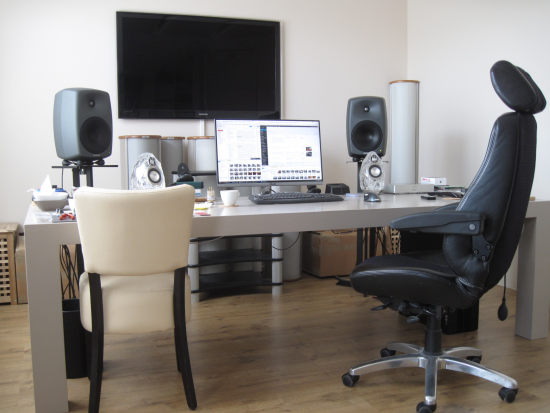
The above setup was used to assess the initial Euphony functionality and sound quality.
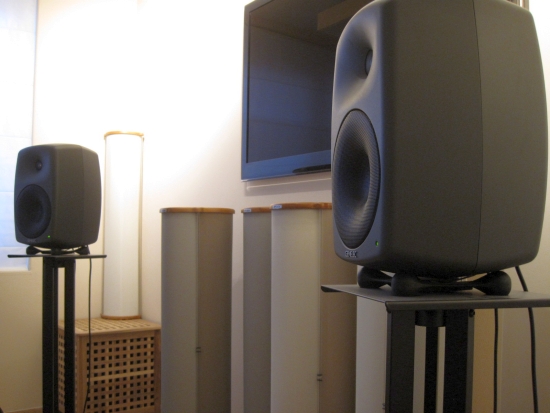
Imagine having Sooloos comfort and sound quality at very low cost by using the Euphony Drive, Roon Core and your choice of hardware to run this on. Oh yes, and a DAC of course. Don’t skimp on the DAC. But hey, if you’re a digital fan, you probably have a nice DAC already anyway. What’s more: you might also already have an old PC lying around doing nothing to get you started. Most computers less than 4 years old should be fine for use with the Euphony software. As I mentioned above, the computer hardware however is co-responsible for the end result. For my tests, I used the AudioAanZee Reference Flow music server because I know that it has excellent hardware.
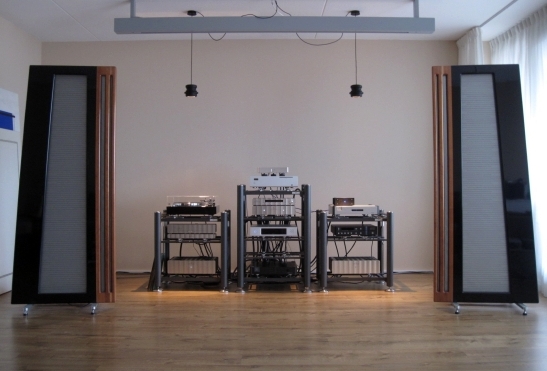
For more precisely assessing the Euphony’s audio qualities I moved the music server to the main setup.
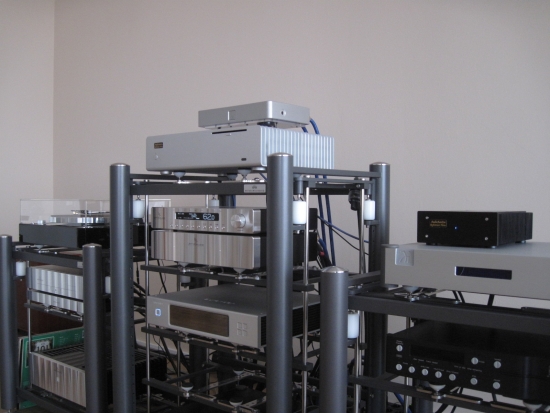
I’ll tell you right now: Euphony Audio Transport works brilliantly and sounds fantastic. Using the AudioAanZee Reference Flow hardware, an AudioQuest Diamond USB cable and an Exogal Comet DAC there is no doubt that the Euphony software is state of the art: I’ve never heard Roon sound better than done this way, not even when using the best Meridian streaming endpoints.
I also tried MPD and this works as advertised, and sounds just as good as Roon. I haven’t tried the other options but I’m sure that they all sound equally good, given that Roon and MPD are both all the way up there. My reasoning for this is based on experience with the best Meridian hardware running Sooloos and Roon, and although Roon was very good and Sooloos was better, I found at that time that the Aurender N10 sounded best with the Meridian 818v3 and Ultra DAC. This time around however, with the AudioAanZee hardware, the Euphony Audio Transport comes incredibly close to the Aurender N10 that is my current reference. Timbre, bass power and articulation, PRAT, tonal richness, fluidity and soundstage width: they’re all comparable with the N10. There’s still a small difference in terms of treble refinement and image focus and layering, but getting this last bit right does cost serious money. And even if you’d spring for the N10, you couldn’t run Roon on it. So there you have it: this is the best Roon music playback I’ve heard so far. And it plays DSD, too!
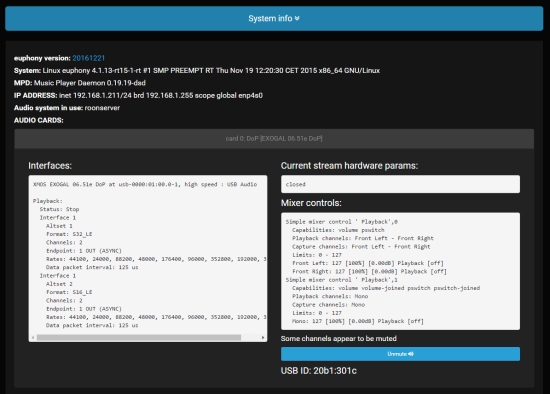
The software is written in a very robust manner, and access is made possible via the web page in clearly understandable language, there’s no need to go into Linux, ever. To prove this point, some people may have experience with the Alsa mixer muting its output when connected to an XMOS USB receiver when rebooting the server or reconnecting the DAC after connecting anothe DAC. Normally you would have to connect a monitor and keyboard, log into Linux and enter the appropriate commands. Not so with the Euphony Audio Transport! Here there is a section on the web page where you can un-mute the Alsa mixer, or choose alternative outputs. Very clever indeed.
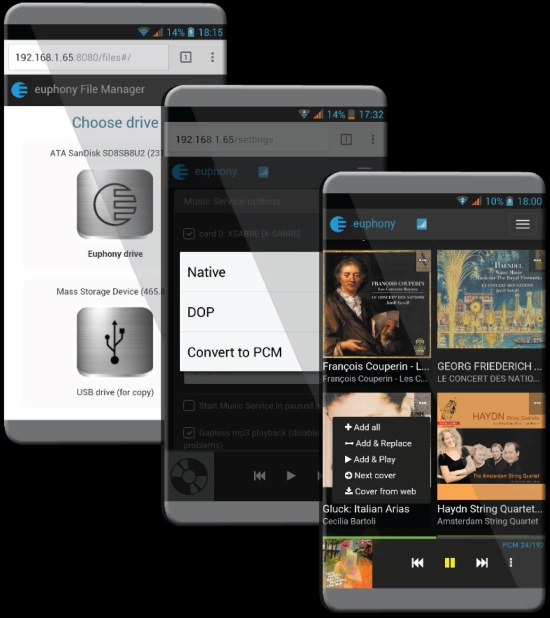
The software can be used with local music as well as with music on a network share. Setup is very simple and anyone with a little computer knowledge will quickly figure out how to import music and start playing. Music can be uploaded via the easy to use file manager on the web page, or imported from CD when your hardware has a CD drive built in.
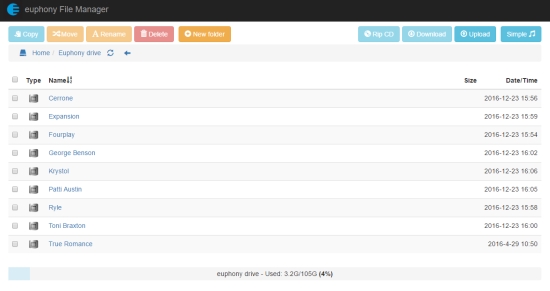
What’s not possible is to access the local music directory directly via Samba or otherwise. This is not doubt done to keep things tidy and stable but makes dropping music more of a chore than it needs to be. If you don’t use the internal drive for music and instead rely on networked storage then this is of course a non-issue.
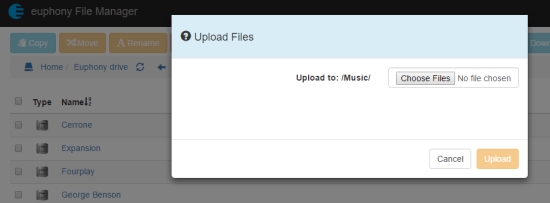
Controlling the players is done either via iPhone or iPad, or Android device. When in MPD or SqueezeLite mode you can either control playback via mPad or iPeng respectively or via Euphony’s own web browser-based player. When in Roon mode, any computer (Mac or PC), as well as any tablet (Mac or Android), can function as a remote control.
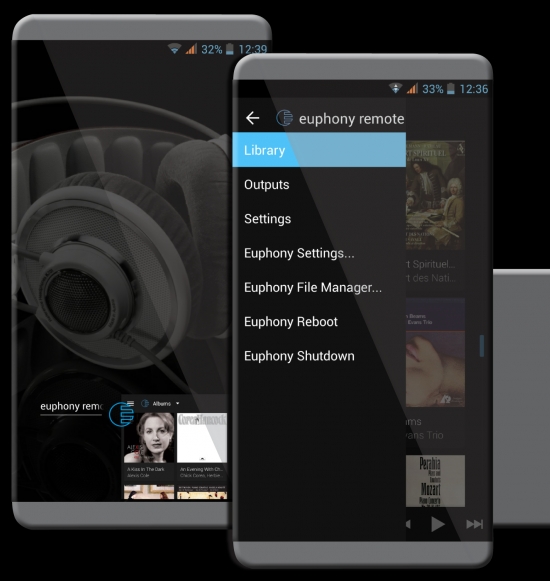
The listening session continued way into the wee hours…
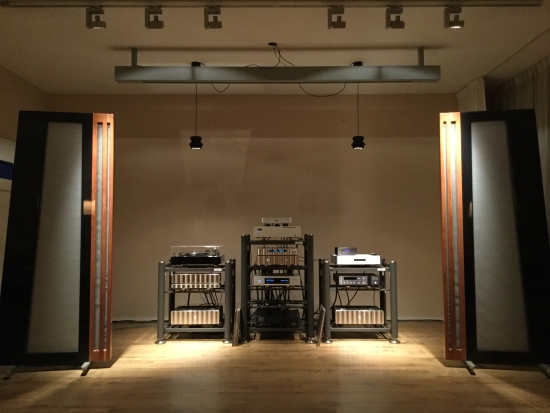
Conclusion
The Euphony Audio Transport works brilliantly and sounds fantastic no matter which player software option you choose. It’s a very clever idea and the software really wrings the best out of whichever hardware you care to use. Obviously, the better the hardware, the better the sound will be, but at modest cost, it is possible to achieve near-reference audio quality. What’s more: I think you will be surprised by the level of improvement over a standard Windows computer even when using a standard computer for the Euphony Audio Drive.
Update 17-04-2017 – Euphony as an endpoint for Roon
As I was using the EC Designs Beaglebone Black in another setup I was faced with needing an endpoint in my main system to be able to listen to Roon. In the review above you could read how well the Euphony Drive worked as a server with the Roon Core enabled. However not having tried it as an endpoint at the time of the Euphony review, I was very happy to find that not only does Euphony work as an endpoint with Roon, it works natively and sounds fantastic!
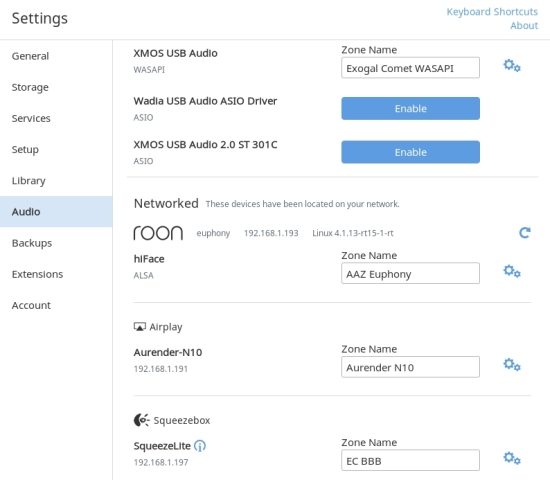
Euphony Drive is Roon certified and so Roon works natively with Euphony Audio Transport
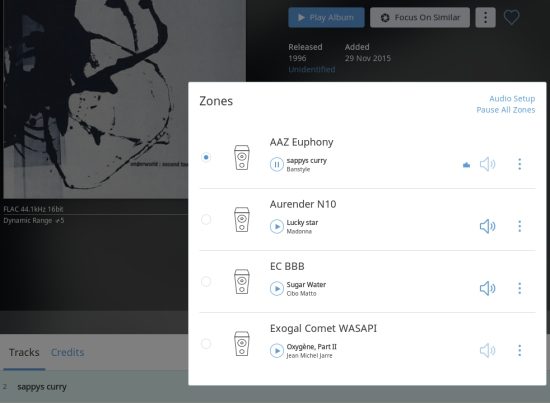
The top zone labeled AAZ Euphony is the AudioAanZee music server hardware running the Euphony Drive software.
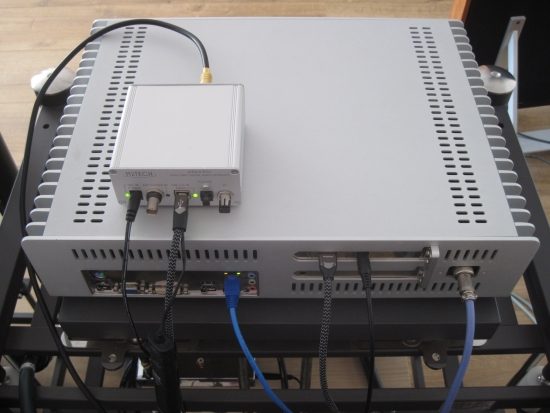
After reconnecting the AudioAanZee Reference Flow music server and adding a HiFace EVO USB to SPDIF converter as the Wadia 521 does not have USB, I went to the Roon audio setup screen. There I was greeted with a big cheerful Roon symbol, followed by Euphony, hiFace and ALSA.
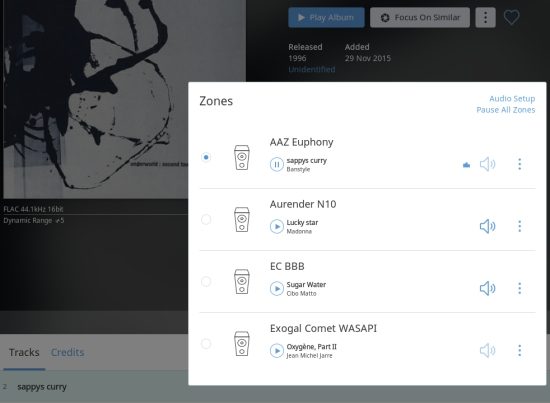
It’s great having these zones at your fingertips and Roon makes swapping between them child’s play. It works smoothly and quickly and in spite of the USB to SPDIF conversion, the sound quality is really excellent!
Videos on the Hifi-Advice YouTube Channel
How Sooloos became Roon
HFA Front Page
Try out Roon for yourself
Read Also
Euphony Buggy/Zotac turn key hardware solution
External Links
Manufacturer: Euphony-audio




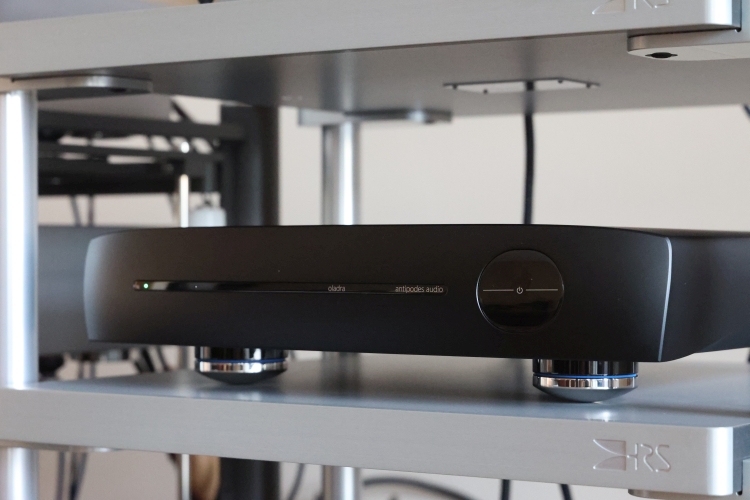
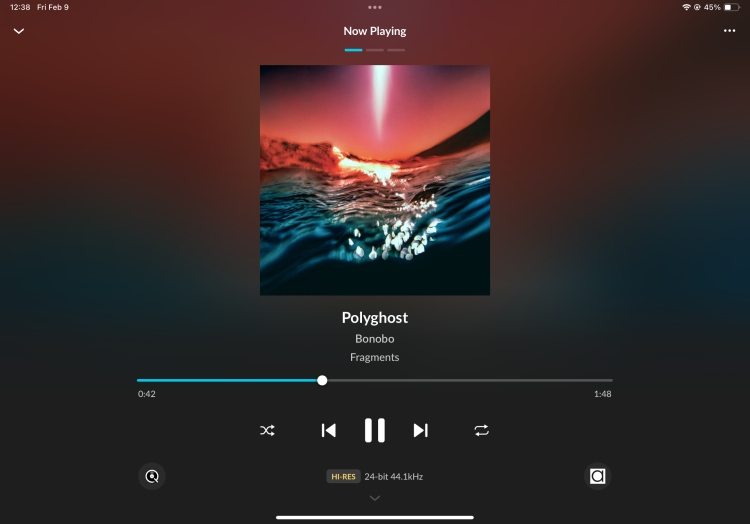
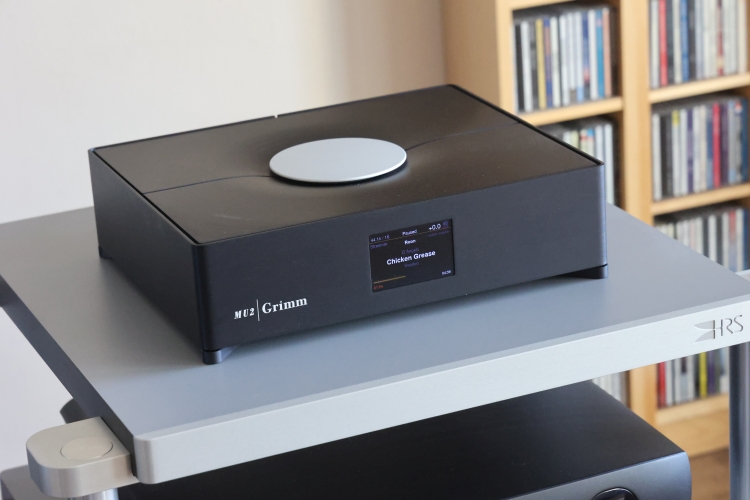
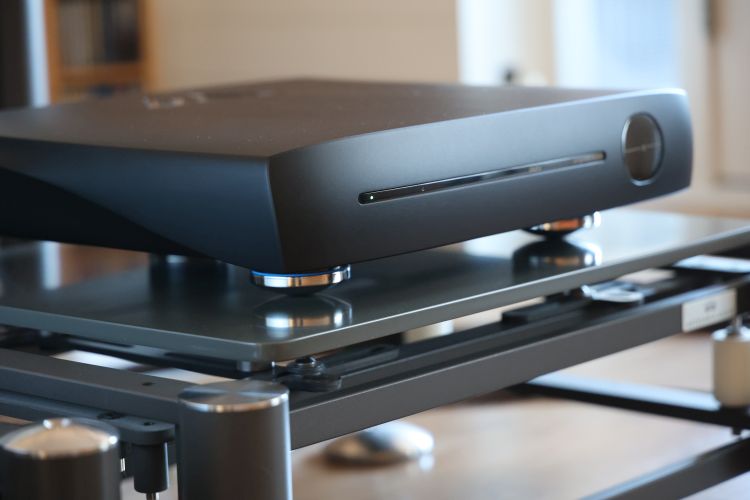
Hi Christiaan, how will this work with MQA-encoded music? Also, what is the minimum level Intel chip you would recommend with this?
Thanks,
Gary
MQA is passed intact, as with any other bit-perfect playback application. The endpoint, your DAC, will either decode the MQA to its encoded hi res format or play it back at 44kHz if not MQA capable. For hardware requirements it is best to check the manufacturer’s site. AFAIK, you won’t need anything particularly powerful because the software is designed to be minimal and have minimal impact on the hardware. In any event it ran perfectly on my AudioAanZee Reference Flow.
Hey, Steve here at Bridges.
Whoa “Eupһony Aᥙdio Transport and Drive ” iis
definitely an original topic
I jujst wanted tto share that I like this page.